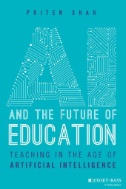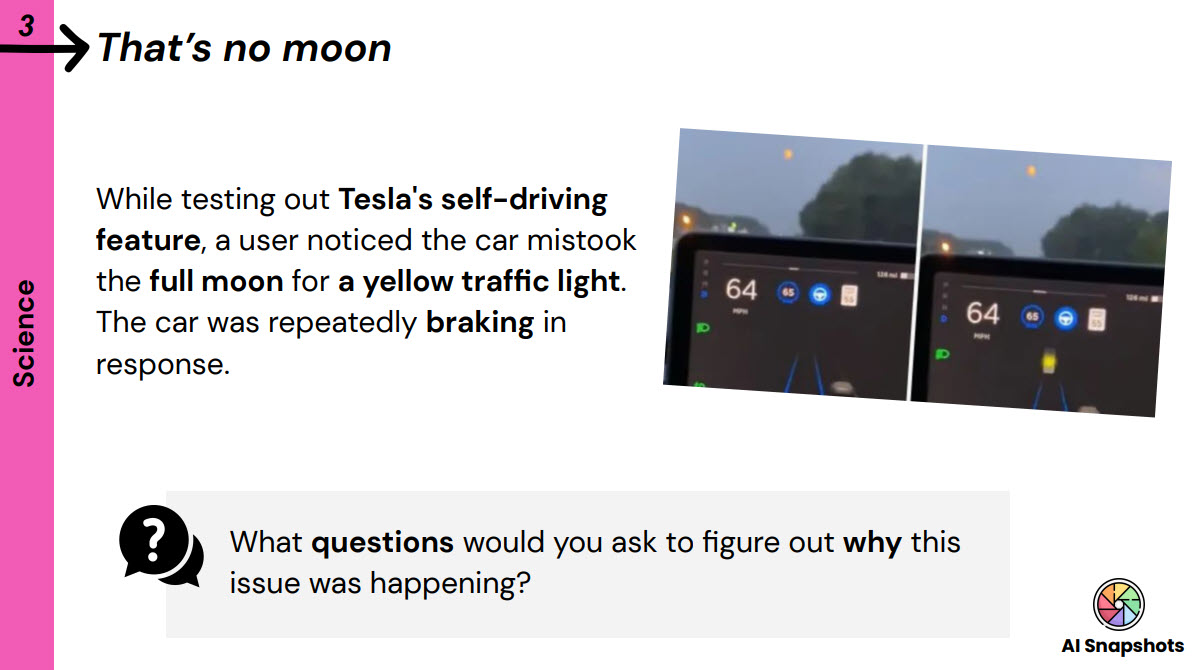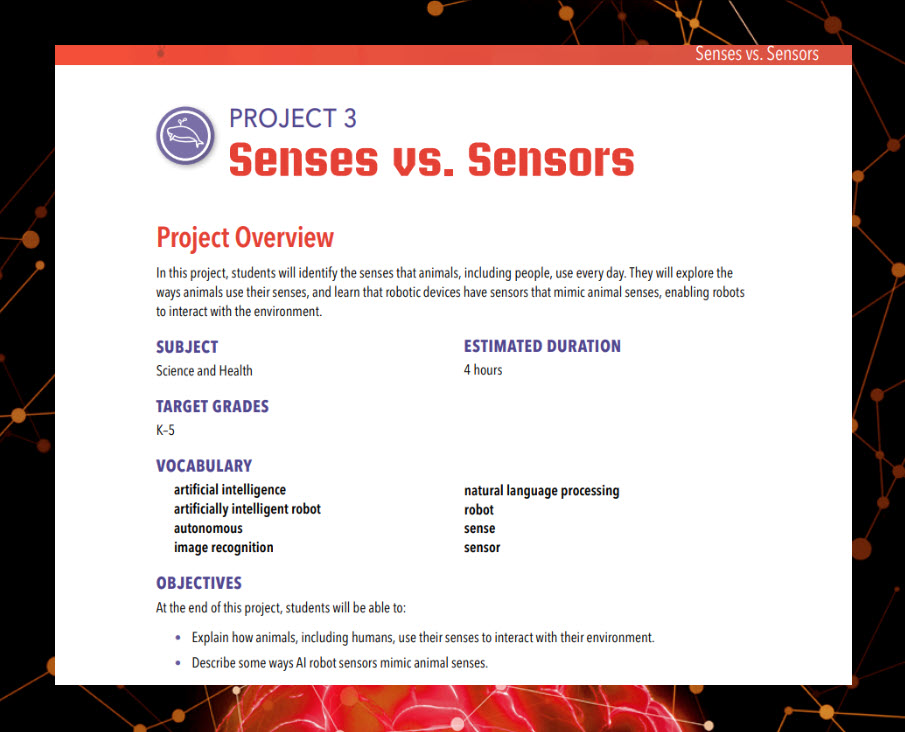Author // Mary Rowland Thursday, 08 May 2025
While most agree that artificial intelligence (AI) technology will continue to impact education, educators differ on the extent of the impact. In a 2024 Forbes survey, 60% of educators see an increased use of AI technology in the classroom, but don't think it will have a central role in education (Artificial Intelligence in Education: Teachers' Opinions on AI in the Classroom). The results reinforce the idea that AI technology will not replace core skills and knowledge. Rather, AI technology becomes an additional resource or tool to use when learning new skills and knowledge. To support educators, Ohio leaders took steps to develop a comprehensive strategy to address AI technologies and better prepare students for the workforce of tomorrow. InnovateOhio collaborated with Ohio's AI in Education Coalition to launch Ohio's AI in Education Strategy. The Strategy and AI K-12 Toolkit gives educators guidance and resources to develop policy and integrate AI literacy into the classroom. The Management Council and INFOhio support the coalition by helping Ohio K-12 school districts use statewide resources to develop policy and find quality instructional materials to teach AI literacy skills to students.
This blog series will explore the five guiding principles in Ohio's AI in Education Coalition: AI Strategy:
Each blog in this series will unpack one or more of the five guiding principles along with the following resources:
These professional learning and student materials are available to Ohio’s educators, students, and their families at no cost.
The series will end with tools and resources from INFOhio to support communities of practice. INFOhio serves a unique role as a space for Ohio educators to create AI communities of practice and offer digital resources and instructional support on AI teaching and learning.
The second principle of Ohio's AI in Education Coalition: AI Strategy, asks educators to integrate artificial intelligence (AI) skills into the core subject areas. Teaching AI skills is not the sole responsibility of the technology or computer science educator. An integrated approach helps students see AI technology as a resource, instead of a replacement for key skills and knowledge.
into the core subject areas. Teaching AI skills is not the sole responsibility of the technology or computer science educator. An integrated approach helps students see AI technology as a resource, instead of a replacement for key skills and knowledge.
In the INFOhio eBook, AI and the Future of Education: Teaching in the Age of Artificial Intelligence, Priten Shah describes integrating AI skills into the core subject areas as an instructional shift. This shift prepares students to become evaluators of AI-generated outputs. To effectively evaluate AI-generated outputs, students will ned to become better equipped as experts in their field. In the workplace, students will combine their content expertise with their understanding of AI shortcomings to successfully use these tools in their future professions.
To integrate AI skills instruction across the content areas, identify which are most relevant to each subject. For example, in chapter 3, Shah defines important AI skills for the classroom, including the following:
Shah encourages administrators and educators to help each other see how to bring these skills into the science, art, and social studies classroom.
These additional professional learning materials can help Ohio educators identify AI literacy skills that will remain relevant as the technology evolves. Using these resources, brainstorm ways to integrate AI literacy skills into your classroom to complement and extend your curriculum.
Once educators have selected the AI skills they want to develop in their students, the next step is to find instructional materials to integrate these skills into the curriculum. Again, Shah reminds educators to select and develop lessons that help students see AI as a resource, not a replacement.



INFOhio provides resources to support Ohio's educators as they work to bring the guiding principles from Ohio's Education Coalition: AI Strategy into the classroom and building. Explore additional resources below as you work to establish AI skills in subject-area classrooms.
Find INFOhio on Facebook, Instagram, and X. Follow us for more blogs in this series.
Mary Rowland is a Senior Instructional Specialist with INFOhio. A former high school English teacher with 14 years of teaching experience, Mary is an accomplished leader who facilitated professional development in her previous district on integrating web-based tools into the classroom, Google Apps for Education, and writing across the curriculum. During her career, Mary mentored student teachers and served on both the district and building leadership committees. She has earned a BA in English, an MS in Education: Curriculum, Instruction, and Assessment, and is a Google Certified Educator Level 2. Mary is passionate about supporting INFOhio’s mission to help Ohio’s educators integrate the tools and resources to strengthen education for Ohio’s students.
Fetch is avaiable to INFOhio automated schools. If you are an INFOhio school, please log in with your school username/password using the button at the top-left corner of this page.
For more information about Fetch, please visit the Fetch information page or contact INFOhio support at https://support.infohio.org.